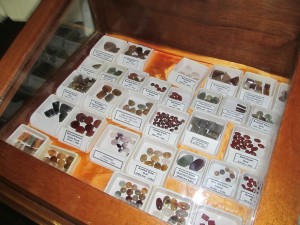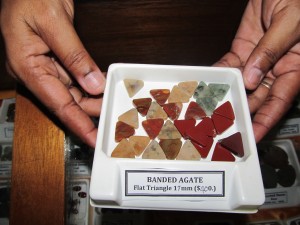Guyana possesses significant semiprecious stone resources of jasper, amethyst, agate, black pearl and green quartz. As the Guyana Geology and Mines Commission (GGMC) has shown over the years, our semiprecious stone resources have excellent potential for supporting lapidary manufacturers of jewellery, cabochons and artefacts. Even though they present excellent economic prospects for the creative entrepreneur, these resources remain under-utilized.






Comments are closed.